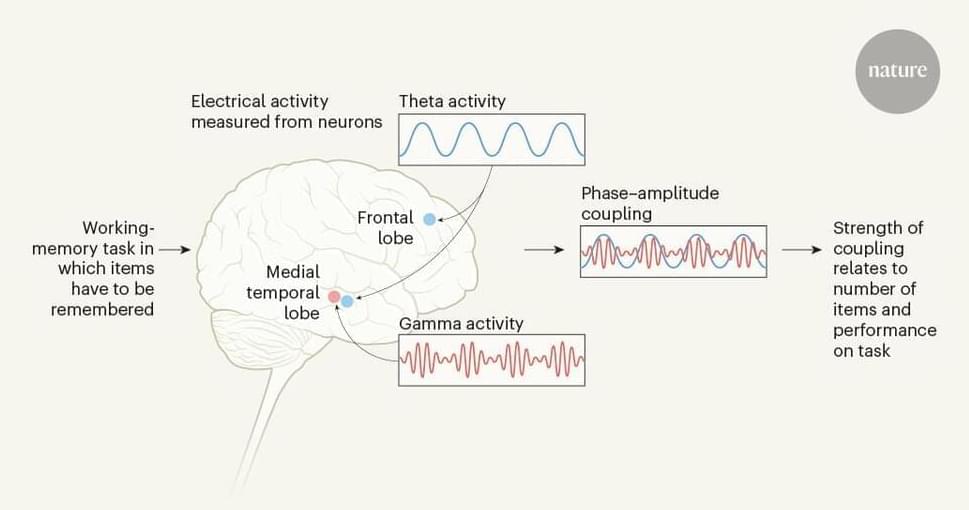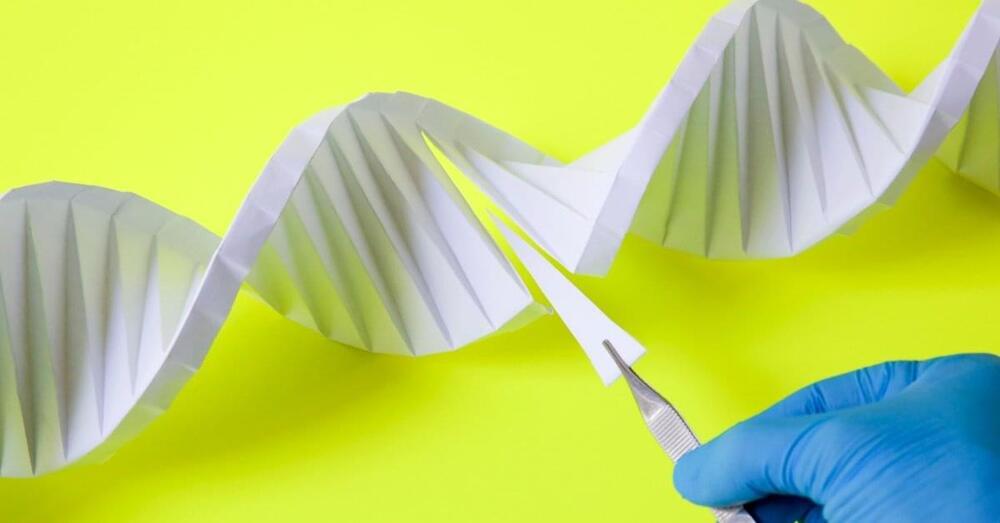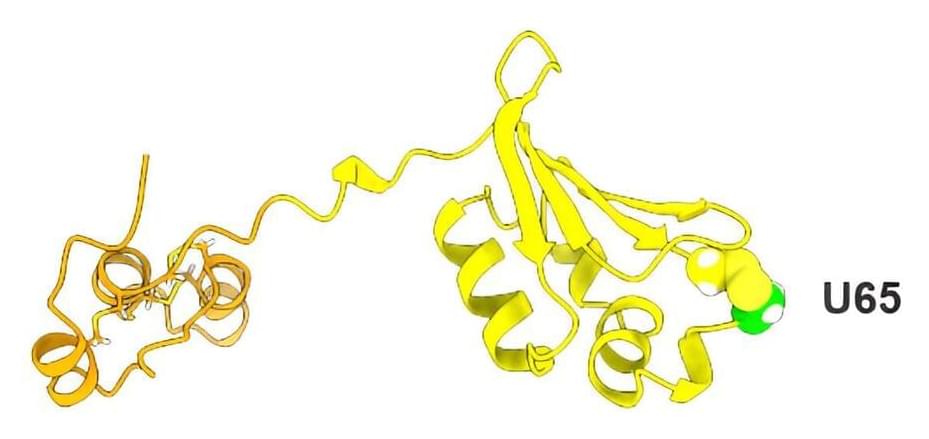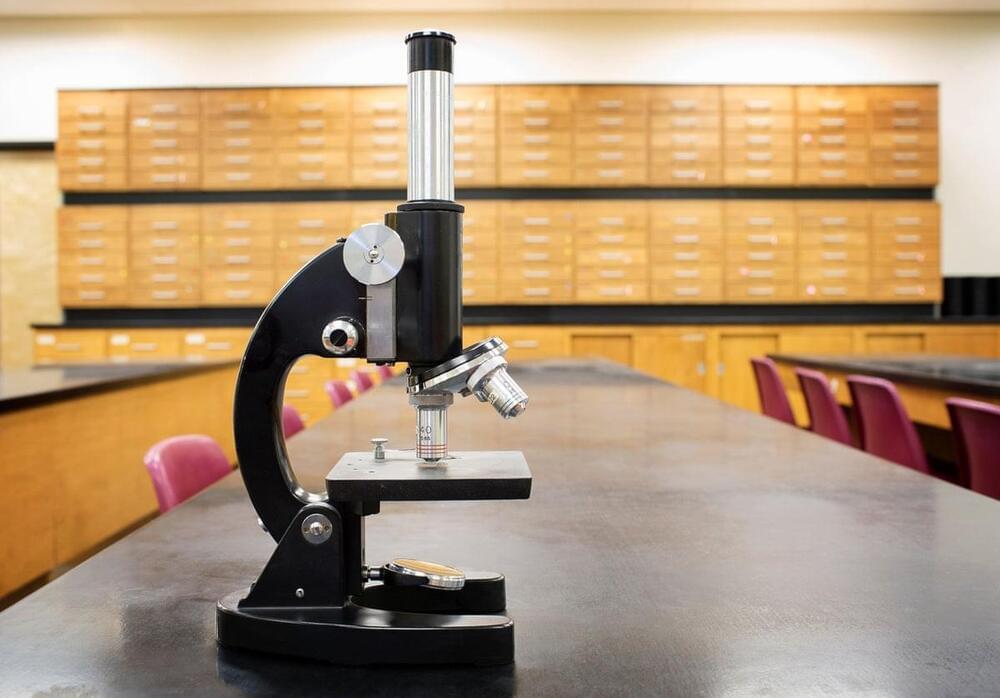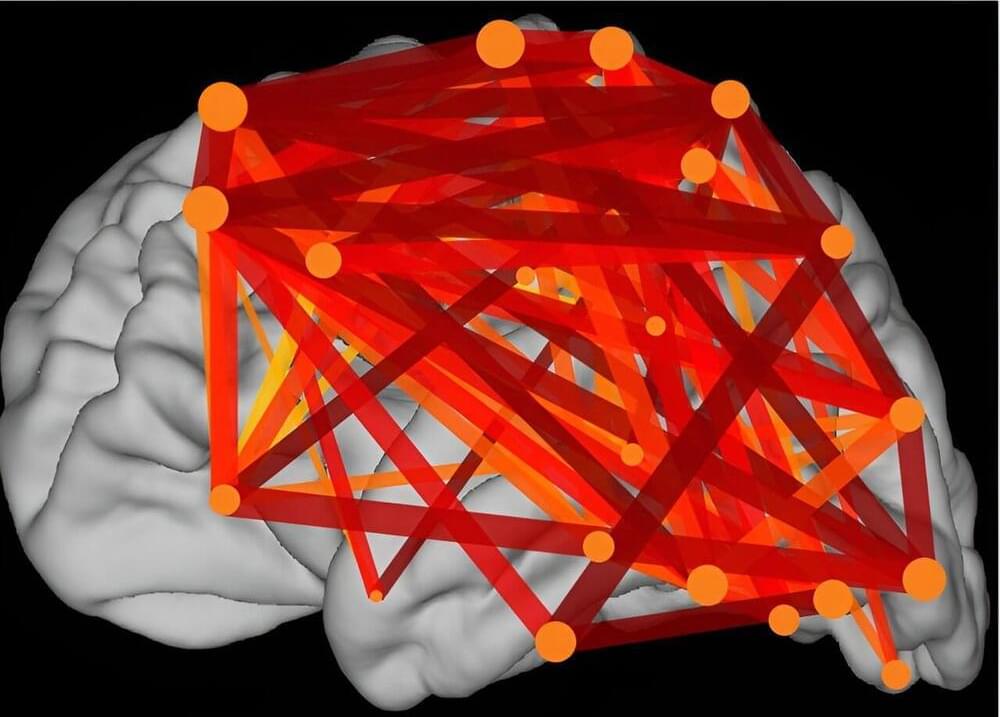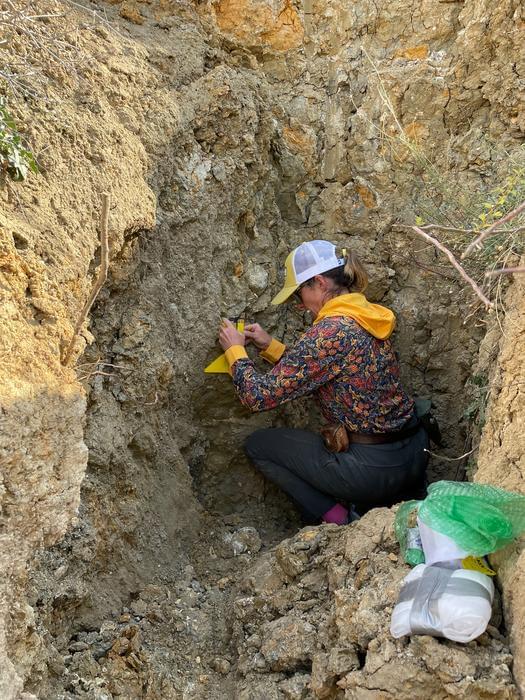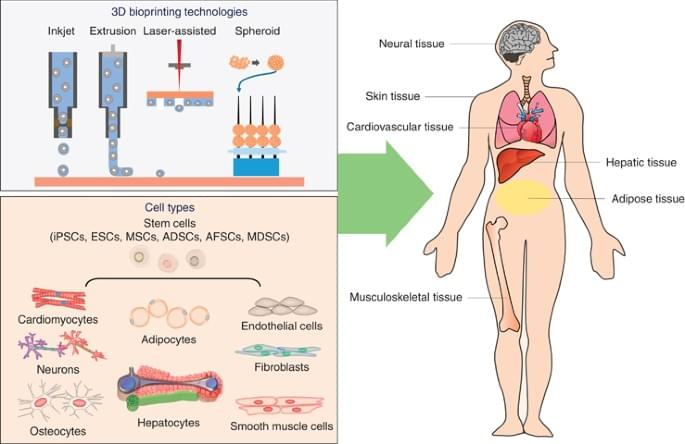Page 172
Aug 12, 2024
Quantum computers are advancing much faster than scientists expected
Posted by Dan Breeden in categories: computing, quantum physics
Quantum computing is one of those “just around the corner” technologies that have the scientific community split. Tech outfits such as Google and IBM have gone full throttle with both research and development and marketing as if they’re already here, while many independent researchers have claimed quantum computers will never work.
Most people working in the field, however, believe that quantum computers will be able to solve problems that classical computers can’t solve within the next 10 years.
This is according to a recent survey of 927 people with associations to the field of quantum computing (researchers, executives, press, enthusiasts, etc.) conducted by QuEra. Of those surveyed, 74.9% “expect quantum to be a superior alternative to classical computing for certain workloads” within the next 10 years.
Aug 12, 2024
Bose–Einstein condensation of light in a semiconductor quantum well microcavity
Posted by Dan Breeden in category: quantum physics
Photon Bose–Einstein condensation is observed in a semiconductor laser, where thermalization and condensation of photons occur using an InGaAs quantum well and an open microcavity. The distinction between regimes of photon Bose–Einstein condensation and conventional lasing are clearly identified.
Aug 12, 2024
Researchers identify body’s ‘quality control’ regulator for protein folding, could lead to targeted treatments
Posted by Shubham Ghosh Roy in categories: biotech/medical, neuroscience
Anyone who’s tried to neatly gather a fitted sheet can tell you: folding is hard. Get it wrong with your laundry and the result can be a crumpled, wrinkled mess of fabric, but when folding fails among the approximately 7,000 proteins with an origami-like complexity that regulate essential cellular functions, the result can lead to one of a multitude of serious diseases ranging from emphysema and cystic fibrosis to Alzheimer’s disease.
Aug 12, 2024
American Science is in Dangerous Decline while Chinese Research Surges, Experts Warn
Posted by Dan Breeden in categories: economics, science, security
A very dangerous position to be in the world community of scientist should gather in agreement those friendly to the values and principles of democracy to advance science for the good humanity and freedom.
The U.S. sorely needs a coordinated national research strategy, says Marcia McNutt, president of the U.S. National Academy of Sciences.
Aug 12, 2024
State-of-the-art brain recordings reveal how neurons resonate
Posted by Paul Battista in categories: biotech/medical, neuroscience
For decades, scientists have focused on how the brain processes information in a hierarchical manner, with different brain areas specialized for different tasks. However, how these areas communicate and integrate information to form a coherent whole has remained a mystery.
Now, researchers at University of California San Diego School of Medicine have brought us closer to solving it by observing how neurons synchronize across the human brain while reading. The findings are published in Nature Human Behavior and are also the basis of a thesis by UC San Diego School of Medicine doctoral candidate Jacob Garrett.
“How the activity of the brain relates to the subjective experience of consciousness is one of the fundamental unanswered questions in modern neuroscience,” said study senior author Eric Halgren, Ph.D., professor in the Departments of Neurosciences and Radiology at UC San Diego School of Medicine.
Aug 12, 2024
Strengthening Earthquake Hazard Models and Protecting Human Life
Posted by Laurence Tognetti, Labroots Inc. in category: bioengineering
What can earthquake rupture zones teach us about earthquakes and how to predict them? This is what a five-year, $2.3 million grant awarded by the National Science Foundation’s (NSF) Frontier Research in Earth Sciences grant hopes to address as an international team of researchers have been tasked with analyzing samples obtained from the earthquake rupture zone at the Turkey-Syria border responsible for the devastating back-to-back earthquakes on February 6, 2023, that killed more than 50,000 people and registered 7.8-magnitude and 7.6-magnitude, respectively. This study holds the potential to help researchers better understand the geologic processes responsible for large-scale earthquakes and the steps we can take to mitigate damage and loss of life.
“This NSF-funded project will help us overcome limitations of previous, generalized characterizations of earthquake critical zones with more in-depth geologic data, seismic imaging studies, deformation experiments and modeling,” said Dr. Alexis Ault, who is an Associate Professor in the Department of Geosciences at Utah State University (USU), and the lead principal investigator on the project. “Combining expertise from varied engineering and geoscience disciplines, we aim to emerge with a more complete and accurate picture of earthquake critical zones in these settings.”
For the study, the researchers collected geologic samples from the Çardak-Yesilyurt Fault system that was responsible for the devastating 2023 quakes to better understand how pressure builds within the earthquake critical zone, or the region of the Earth’s crust that’s just beneath the surface. Additionally, they will compare these findings to samples obtained from the southern San Andreas fault in California from another grant to help build their data cache, as well. This research builds off a 2023 NSF-funded research trip to the region approximately six months after the devastating quakes occurred.
Aug 12, 2024
3D-Printing Heart Tissue With Human Stem Cells
Posted by Quinn Sena in categories: 3D printing, bioprinting, biotech/medical
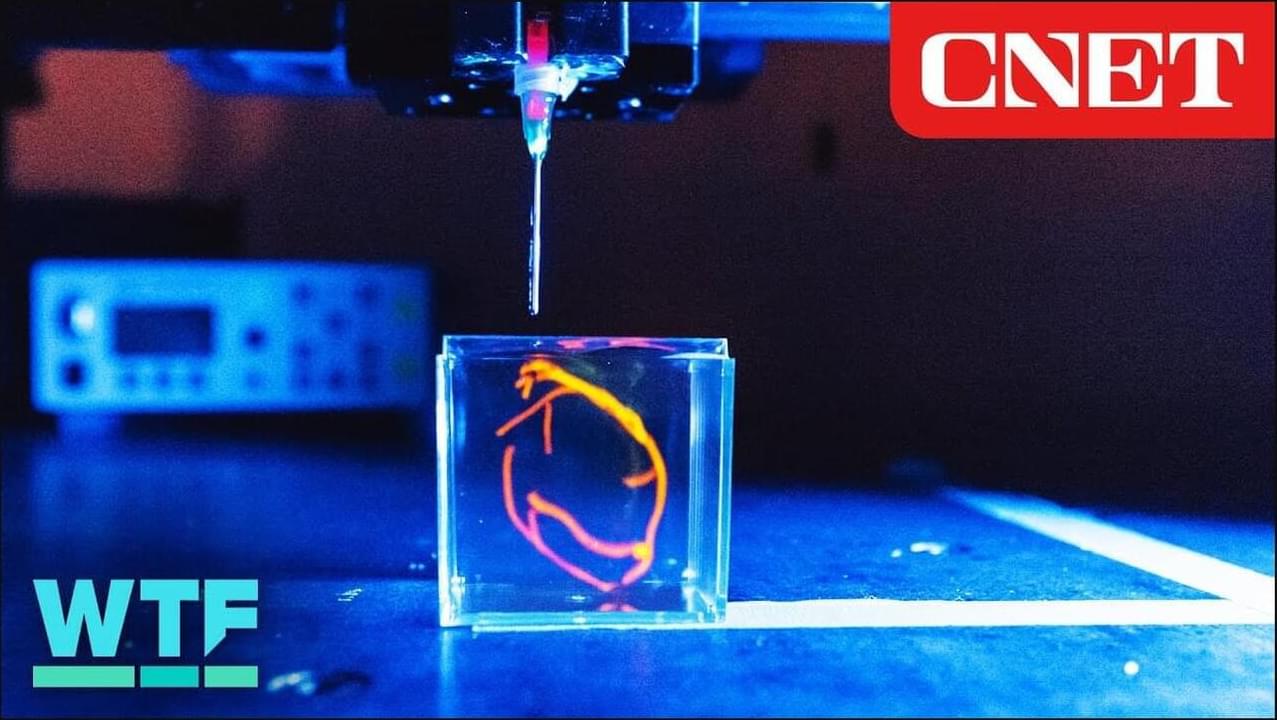
Year 2023 face_with_colon_three
Scientists at Stanford University have developed a method for 3D-printing human heart tissue that could eventually be implanted into patients.
Continue reading “3D-Printing Heart Tissue With Human Stem Cells” »
Aug 12, 2024
3D bioprinting using stem cells
Posted by Quinn Sena in categories: 3D printing, bioprinting, biotech/medical, life extension
Year 2018 face_with_colon_three
Pediatric Research volume 83, pages 223–231 (2018) Cite this article.
